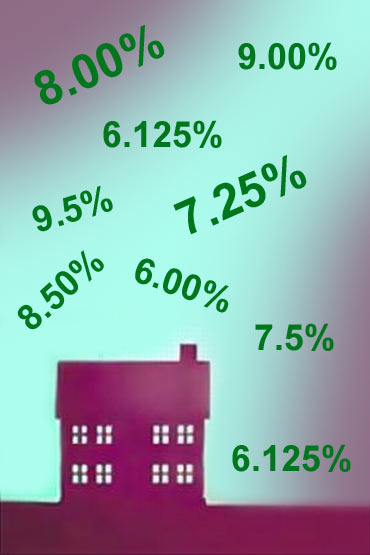Photographs: Rediff Archives
A comprehensive look at one of the most-preferred tax-saving investment option for the salaried class
PPF is an excellent tax saving option. It needs to be part of your tax saving investment or not, depends upon your overall tax plan and asset allocation. Do your tax plan and check if PPF fits into your tax plan or not for the new financial year that began April 1, 2013.
1. Where to open a PPF account?
PPF account can be opened in a post office or in selected bank branches. The regular KYC documents need to be submitted for opening a PPF account with a minimum investment of Rs 500.
2. What is the interest rate?
The current interest rate for PPF is 8.7 per cent (effective April 1, 2013) per annum. The interest rate changes every financial year in accordance with the average bond yield of the previous year. The interest rate is fixed 0.25 per cent above the 10-year government bond yield.
The author is an MBA (Finance) and Certified Financial Planner. He is the Director and Chief Financial Planner of Holistic Investment Planners (http://www.holisticinvestment.in), a firm that offers Financial Planning and Wealth Management. He can be reached at ramalingam@holisticinvestment.in
10 things you must know about PPF
Photographs: Rediff Archives
3. How is the interest calculated?
For the balance amount in your PPF account the interest is compounded annually. However, the interest calculation is done each and every month.
If your contribution to the PPF account is credited on or before 5th of that month, then that contribution will bear interest for that month too. If it is credited after 5th of that month, you will get interest only from the subsequent month. Therefore, if you make sure your contribution is getting credited in your account on or before 5th of every month, you will not miss the interest for that month too.
4. What is the tax benefit?
Under Section 80 C, whatever contribution you make in PPF is eligible for tax deduction. The interest money earned from PPF is also tax free.
These tax benefits are available as of now. If DTC (direct taxes code) is implemented, then the tax benefits will change prospectively and not retrospectively.
10 things you must know about PPF
Photographs: Rediff Archives
5. What is the minimum and maximum investment?
The minimum amount you need to invest every year is Rs 500. The maximum amount of investment allowed every year is Rs 1 lakh. You can make investments through a maximum of 12 installments per year. If your minor child also holds a PPF account then the combined limit of both the PPF account is limited to Rs 1 lakh.
Not making the minimum investment in a year attracts a penalty of Rs 50.
6. When does it mature?
A PPF account will mature at the end of the 15th year. This can be extended for one or more blocks of 5 years thereafter.
10 things you must know about PPF
Photographs: Rediff Archives
7. Can you withdraw money in between?
Yes. You can withdraw after the 6th year. However, you can withdraw only up to 50 per cent of the balance at the end of 4th year or at the end of the immediate preceding year whichever is lower. You will be allowed to withdraw only once in a year.
8. Can you get a loan against your PPF account?
Yes. You can avail the loan facility only from the 3rd year. You will be allowed to take a loan to the extent of 25 per cent of the balance in the previous year.
10 things you must know about PPF
Photographs: Rediff Archives
9. Can an NRI open a PPF account?
NRI can't open a PPF account. If you open a PPF account as a resident and subsequently you become an NRI, you will be allowed to continue and contribute till its maturity on a non-repatriable basis.
10. What happens if the PPF account holder dies?
In the event of the death of the PPF account holder, the balance amount in the PPF account will be paid even before the completion of 15 years, to the nominee or legal heir of the deceased person. The nominee or the legal heir is not allowed to continue the PPF account by making fresh contributions to it.
PPF is an excellent tax saving option. It needs to be part of your tax saving investment or not, depends upon your overall tax plan and asset allocation for the current year. Do your tax plan and check if PPF fits into your tax plan or not for this new financial year that began on April 1. 2013.






Comment
article